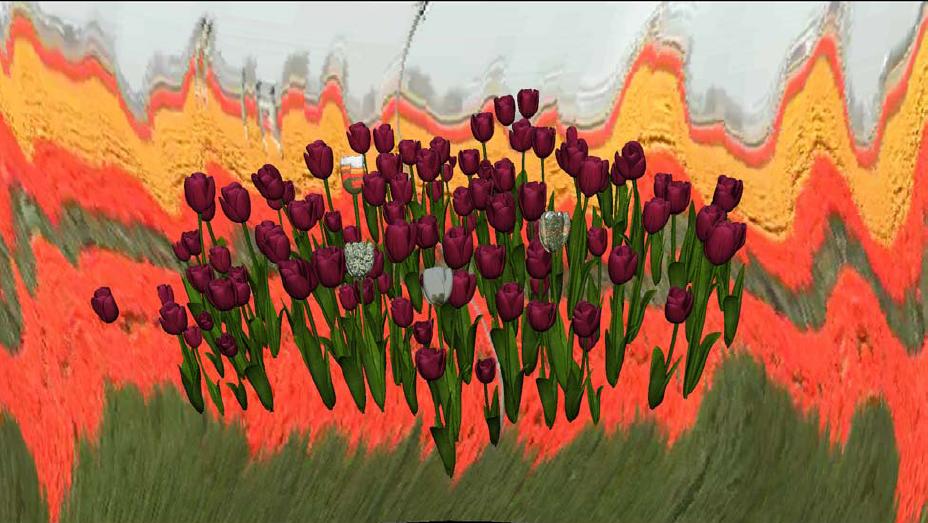 |
TITLE: Emily Carr University, Intersections Digital Studios
Video Sculptures in Virtual Worlds, , The Breath I/O Project
MENTOR:
Maria Lantin
MENTOR contact:
mlantin@eciad.ca
OVERVIEW:
Texture mapping video onto virtual objects is a common technique in computer graphics.
Beyond the use of video for displaying YouTube billboards in Second Life or simulating TV in
animated sequences, there is much that bears exploring. This project will work within the
framework of virtual video sculptures to investigate the stylistic boundaries and inter-relations
between object and video. Many directions are possible and these will be discussed between the
students and the mentor. We will be working within a project titled “Breath I/O” which is a
virtual sculpture that is using video in conjunction with virtual ‘breathing’ lung models. There
are plans for a physical interface to the installation involving the grasping of jewel-like objects.
This could also be an aspect that would be included in the project if it is of interest.
PROJECT GOALS:
- Investigation of different types of video mappings in the context of the lung
model - Creation of evolving video particle systems
- Interaction design for video/lung interaction
- Investigation of possible relationships between model and video
PROJECT DESCRIPTION:
The exact outcome will be up to a collaboration between Maria Lantin, Leila Sujir (a
video artist from Concordia University), and the students involved. The framework will remain
based on the Breath theme with lots of room to explore from there.
IMAGE[s] or URLs that exemplify project concept or research area:
The Breath I/O project was conceived by Tulip Theory, a collaborative research team
composed of Maria Lantin and Leila Sujir. A previous work called My Two Grandmothers
RMX was created by the team was exhibited at the Calgary Art Gallery. The first picture is the
work as installed at Hexagram in Montreal. The second picture is a screenshot of the objects and
video.


DELIVERABLES:
- Creation of working prototype ready to be submitted to conferences for exhibition
- Documentation of work
- Write-up of techniques and effects discovered
SKILLS REQUIRED:
- Knowledge of computer graphics, modeling, video mapping and particle systems
- Some modeling and animation software experience
- Knowledge of electronics if interested in building physical interfaces
- Knowledge of VR software such as Virtools or Quest3D (Quest3D is the preferred
package to be used though there is some flexibility there). These can be learned on the
job of course but any knowledge of object-oriented simulation packages would help.
RESOURCES (if applicable)
- We have an HD stereographic projection system in the motion capture studio at the IDS.
Access to at least some of the same software and/or hardware at SIAT would be good but
not absolutely necessary. Student can work here when then studio is not in use. - Some of the experimentation can be done in any software environment the student
chooses to use and be ported to the VR software later.